Table of Contents
Tired of the same old swings and slides? Want to add a different dimension to your play space that engages more than just muscles? Think sound. Think rhythm. Think the simple joy of hitting something and making a satisfying noise. That's where outdoor xylophone playground equipment comes in. It's more than just a colorful addition; it's an invitation to explore sound, collaborate, and maybe even discover a hidden musical talent. Kids naturally gravitate towards making noise, and providing accessible, durable instruments outdoors channels that energy into something creative and fun.
Why Outdoor Musical Instruments Matter in Play Spaces
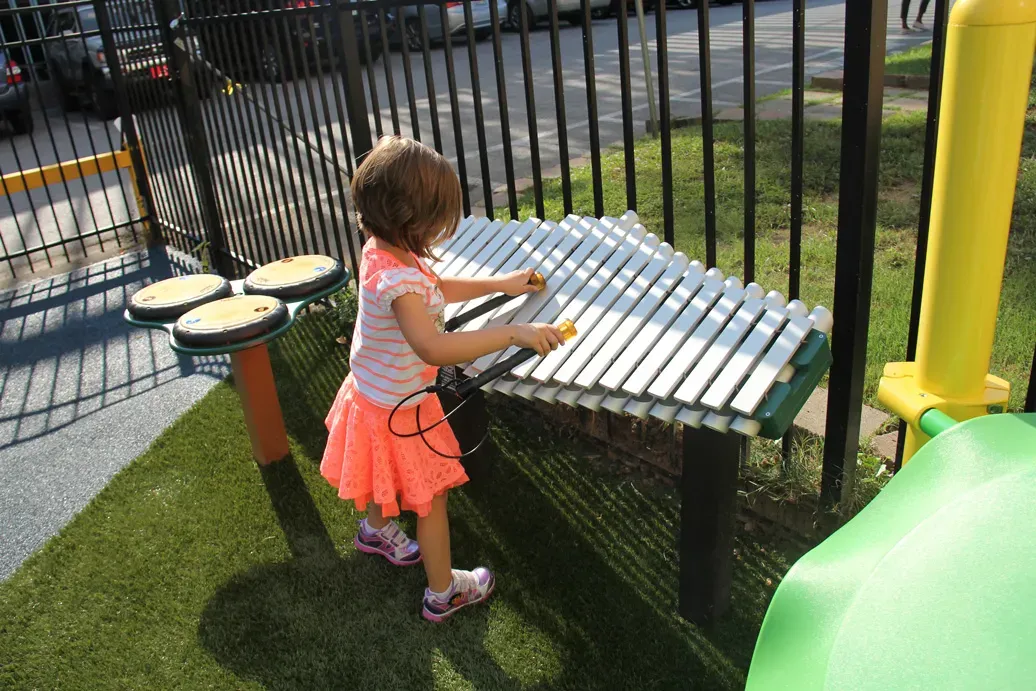
Why Outdoor Musical Instruments Matter in Play Spaces
More Than Just Noise: Boosting Development
Adding outdoor musical instruments, like quality outdoor xylophone playground equipment, does a lot more than just fill the air with sound. Think about it: kids are naturally curious about how things work and what sounds they can make. Giving them access to instruments outdoors taps into that innate drive. It's a fantastic way for them to explore cause and effect – hit the bar, get a note. This simple action helps develop fine motor skills and hand-eye coordination. Plus, listening to the different pitches and rhythms they create sharpens their auditory processing skills, which is crucial for language development later on. It's learning disguised as pure, unadulterated fun.
Building Bridges Through Sound: Social and Emotional Growth
Musical play in a shared space also fosters significant social development. When several kids gather around a large outdoor xylophone playground equipment piece, they have to figure out how to play together. This often involves taking turns, listening to each other's contributions, and sometimes even trying to create a simple melody together. It encourages collaboration and communication without needing complex rules or verbal instructions. For shy kids, making music can be a less intimidating way to interact. It's a universal language, after all. It builds confidence as they realize they can create something beautiful or interesting, and sharing that experience with others strengthens their connection.
- Enhances sensory exploration (auditory, tactile)
- Develops fine motor skills and coordination
- Stimulates cognitive skills like cause and effect
- Promotes social interaction and collaboration
- Boosts self-expression and creativity
Choosing Durable Outdoor Xylophone Playground Equipment
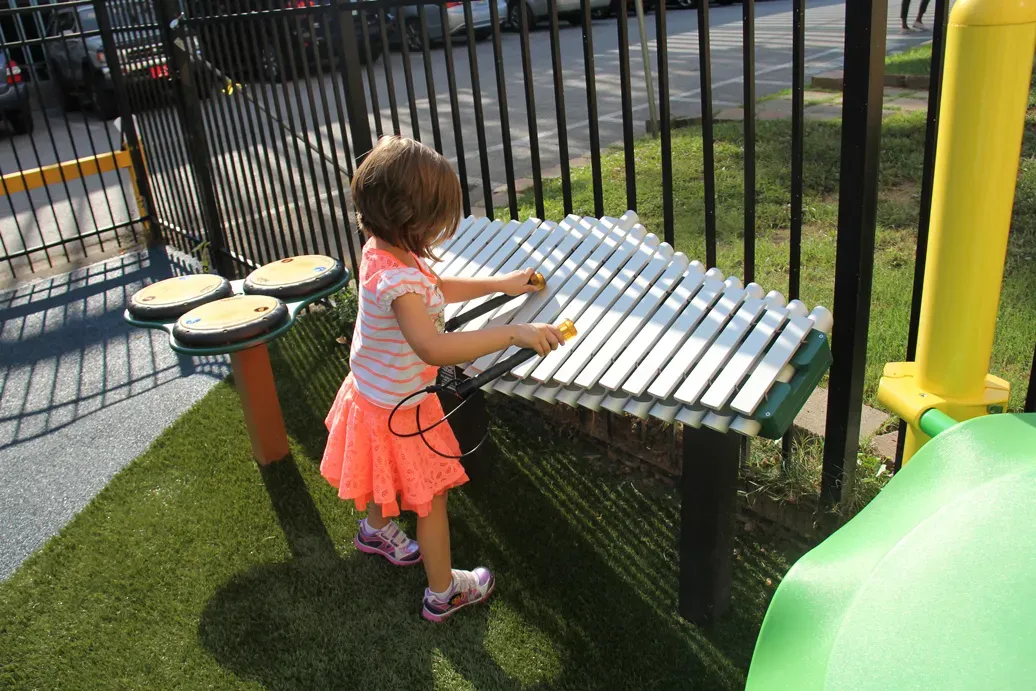
Choosing Durable Outdoor Xylophone Playground Equipment
Materials That Stand Up to the Elements (and Kids)
Alright, so you're sold on the idea of adding some musical magic. Great. Now, don't just grab the cheapest thing you find online. This stuff lives outside, exposed to sun, rain, maybe even snow depending on where you are, and let's be honest, the relentless energy of children. So, materials matter. You want bars made from things like anodized aluminum, fiberglass, or specialized synthetic materials designed for outdoor use. Wood might look pretty, but unless it's a super-hard, treated tropical hardwood (which comes with its own issues), it's going to warp, crack, and rot faster than you can say "off-key." The frame needs to be robust too, usually powder-coated steel or heavy-duty recycled plastic. Think battleship, not rowboat, when it comes to construction materials for outdoor xylophone playground equipment.
Built Like a Tank: Construction and Weather Resistance
Beyond the basic materials, look closely at how the outdoor xylophone playground equipment is put together. Are the bars securely mounted? Are the fasteners stainless steel to prevent rust? Does the design allow water to drain off easily? You don't want puddles sitting on the bars or inside the frame, inviting corrosion. Consider the mallets too; they should be tethered (so they don't wander off or become projectiles) and made of durable, weather-resistant material. A poorly constructed instrument, no matter how nice the materials, is just waiting to fall apart. It's like buying a fancy car with no wheels – looks good on paper, useless in practice.
- Anodized aluminum bars resist corrosion
- Fiberglass or synthetic bars offer durability
- Powder-coated steel frames provide strength
- Heavy-duty recycled plastic frames are weather-resistant
- Stainless steel fasteners prevent rust
- Look for designs that promote water drainage
- Mallets should be tethered and weather-resistant
Installation and Safety Guidelines for Outdoor Xylophone Playground Equipment
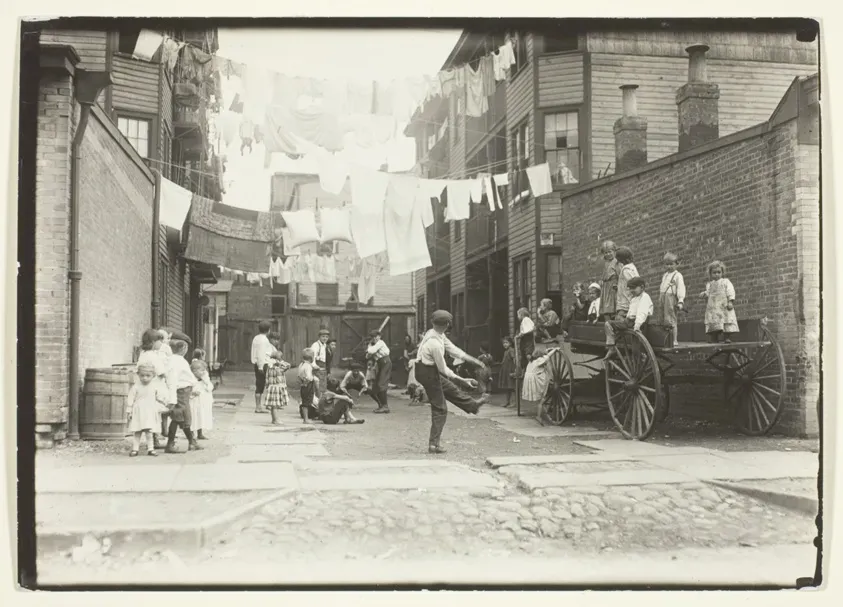
Installation and Safety Guidelines for Outdoor Xylophone Playground Equipment
Picking the Perfect Spot and Prepping the Ground
Alright, you've got your shiny new outdoor xylophone playground equipment sitting in boxes. Don't just plop it down anywhere. Location is key for safety and longevity. You want a relatively flat area, away from potential hazards like steep drops, busy pathways, or thorny bushes. Consider drainage too; you don't want your instrument sitting in a puddle after every rain shower. Before the installation crew arrives (or you grab your shovel), make sure the ground is cleared of rocks, roots, and anything else that could interfere with anchoring or create a trip hazard. A little prep work now saves a lot of headaches later.
Anchoring It Down: Security is Non-Negotiable
Listen, kids are strong, and they love to explore boundaries – sometimes literally. Your beautiful outdoor xylophone playground equipment needs to stay put. Period. Most quality units come with specific anchoring instructions, often involving concrete footings or deep stakes. Follow these directions precisely. Skipping steps here means risking the instrument tipping over, which is a serious safety hazard. You're not just securing an expensive piece of equipment; you're securing the safety of the kids using it. Think of it as building a mini-fortress for music, one that can withstand enthusiastic drumming and maybe even a little climbing (though you should discourage that).
- Read manufacturer instructions carefully.
- Use appropriate anchoring methods (concrete footings, stakes).
- Ensure anchors are below the surface to prevent tripping.
- Check local building codes for requirements.
- Verify the instrument is level after anchoring.
Surfacing Matters: Cushioning the Falls (Just In Case)
Even with the sturdiest installation, kids play hard, and sometimes they fall. It happens. That's why safety surfacing around your outdoor xylophone playground equipment isn't optional; it's essential. The type and depth of surfacing depend on the potential fall height of the equipment (though xylophones are generally low-risk in this regard). Options include wood chips, engineered wood fiber, rubber mulch, sand, or poured-in-place rubber. Whatever you choose, make sure it meets current safety standards (like ASTM F1292). Install it according to the manufacturer's guidelines and keep it maintained. A few inches of loose fill can be the difference between a skinned knee and something much worse.
Designing Engaging Play Areas with Outdoor Xylophone Playground Equipment
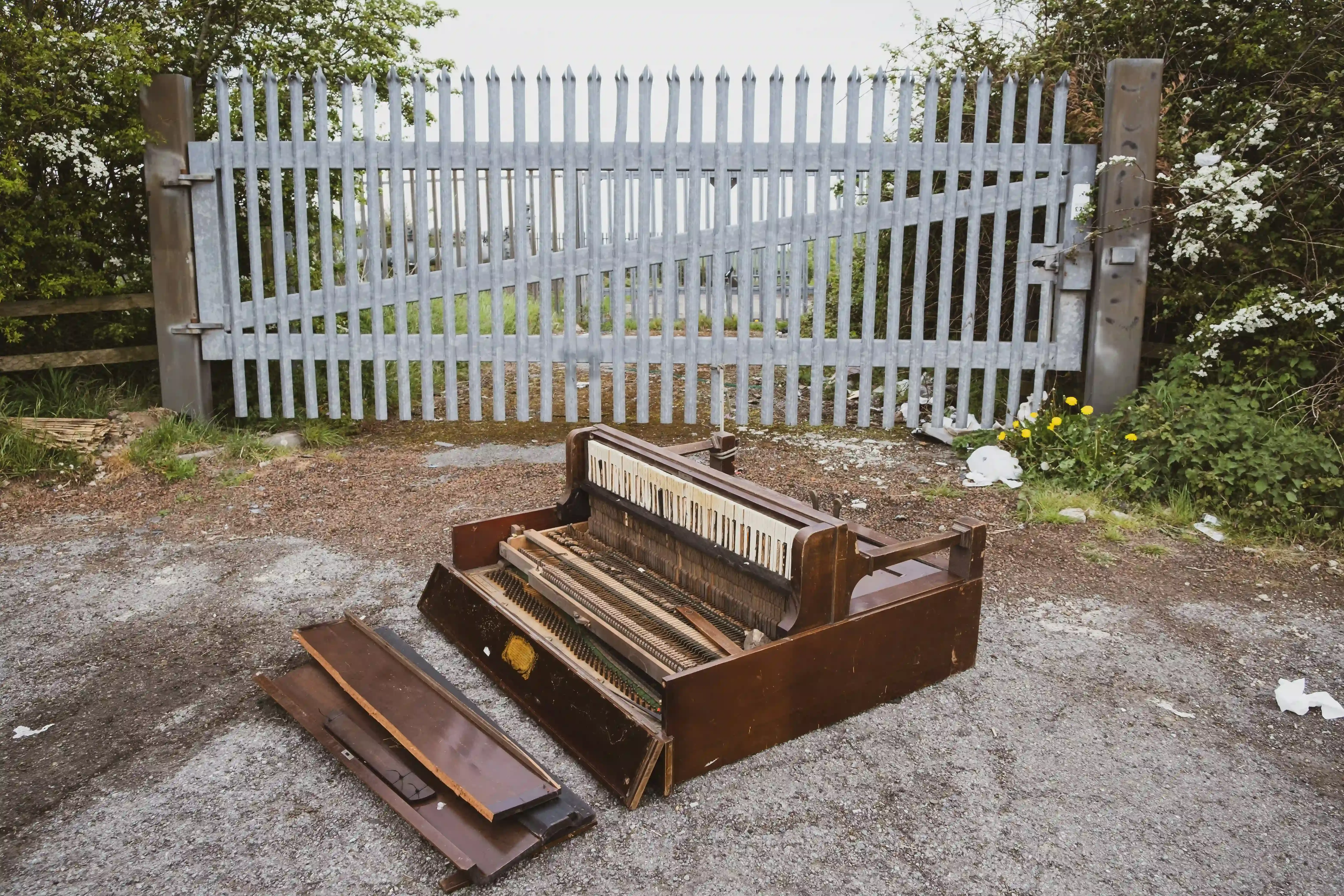
Designing Engaging Play Areas with Outdoor Xylophone Playground Equipment
Placement is Everything: Making Music Accessible
you've got the gear. Now, where do you put the outdoor xylophone playground equipment? You can't just stick it in a corner and hope for the best. Think about the flow of your play space. Do you want it near the swings for a quick jam session between turns? Or maybe tucked away in a quieter zone where kids can focus on creating sounds without the high-energy chaos of the climbing structure? Placing it near seating can encourage adults to interact too. Consider visibility – you want parents and supervisors to be able to see the area easily. A well-placed instrument invites spontaneous interaction, while poor placement means it might just sit there, silent.
Mixing It Up: Combining Music with Other Play
Don't limit the musical instruments to a standalone "music zone." Integrating outdoor xylophone playground equipment with other types of play makes the whole area richer. Imagine a path leading to a slide with chimes along the way, or a sandpit next to a set of drums and a xylophone. This allows kids to move fluidly between different activities, taking their creativity with them. They might dig in the sand, then wander over to the xylophone to mimic sounds they heard, then run off to climb. It encourages a more holistic, imaginative play experience rather than siloed activities. Think about creating a narrative – maybe the xylophone is part of a pirate ship, or a spaceship control panel.
Integration Idea | Benefit | Example |
|---|---|---|
Near Sand/Water Play | Encourages sensory crossover | Kids make "ocean sounds" on the xylophone. |
Along Pathways | Adds interactive transition | Musical journey through the park. |
Adjacent to Art Stations | Combines visual and auditory creation | Painting to the rhythm of the xylophone. |
Within Themed Areas | Enhances imaginative play | Xylophone is part of a spaceship console. |
Creating Zones: From Quiet Melodies to Jam Sessions
Depending on the size of your space and your goals, you might want to create different sonic "zones." A single outdoor xylophone playground equipment piece in a quiet corner offers a spot for focused, individual exploration. Grouping several instruments together – drums, chimes, and maybe a larger xylophone – creates a space for collaborative music-making and louder, more energetic play. This allows for different play styles and noise tolerances. Not every kid wants to be in the middle of a drum circle, and that's okay. Providing variety ensures more children find a way to engage with the musical elements in a way that suits them.
Keeping Your Outdoor Xylophone Playground Equipment in Tune: Maintenance Tips
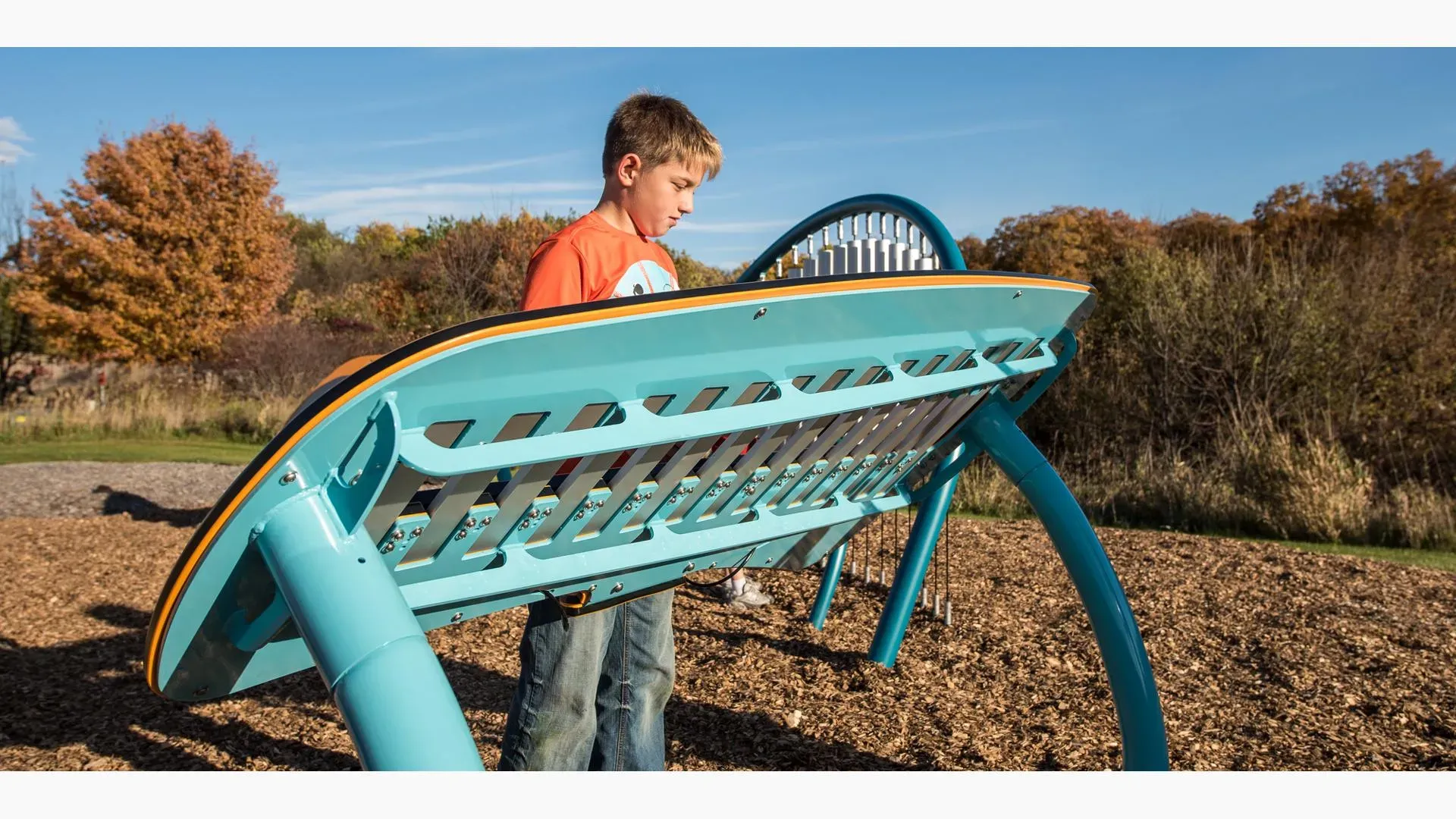
Keeping Your Outdoor Xylophone Playground Equipment in Tune: Maintenance Tips
Keeping Your Outdoor Xylophone Playground Equipment in Tune: Maintenance Tips
you've invested in some sturdy outdoor xylophone playground equipment, the kids love it, and the sound of enthusiastic (if not always melodious) banging fills the air. Great. But outdoor stuff takes a beating, right? Sun, rain, dirt, sticky hands – it all adds up. Keeping your outdoor xylophone playground equipment actually *in tune* and looking good isn't rocket science, but it does require a little attention. Think of it like owning a car; ignore the oil changes, and you're asking for trouble down the road. Regular cleaning is your first line of defense – a simple wipe-down with mild soap and water removes grime and prevents buildup that can affect the sound or damage the materials. Check the mallets and their tethers regularly for wear and tear; a broken mallet is useless, and a frayed tether is a safety hazard. Listen to the notes; if something sounds dead or off, inspect the bar and its mounting for damage or debris stuck underneath. A quick check for loose bolts or anchors is also crucial to keep everything secure. Basically, a little proactive care goes a long way in ensuring the music doesn't stop prematurely.
Striking a Chord: The Lasting Impact of Outdoor Music
So, there you have it. Adding outdoor xylophone playground equipment isn't just about dropping a few colorful bars onto the ground. It's about intentionally creating a space that encourages exploration, collaboration, and a different kind of play. You've seen the case for why sound matters, the need for gear that can actually survive the elements and the occasional toddler tantrum, how to get it installed without causing headaches (or injuries), how to weave it into your overall design, and the simple steps to keep the melodies flowing. It takes a bit more thought than just buying off-the-shelf, but the result is a play area that resonates – literally and figuratively – with the kids who use it. Don't just build a playground; build an experience that includes the universal language of music.